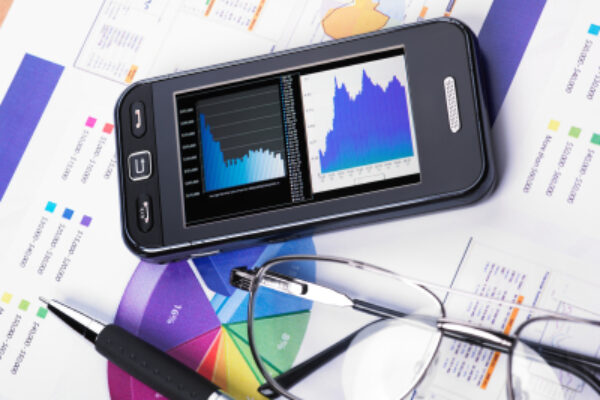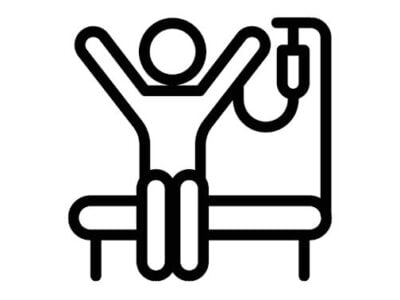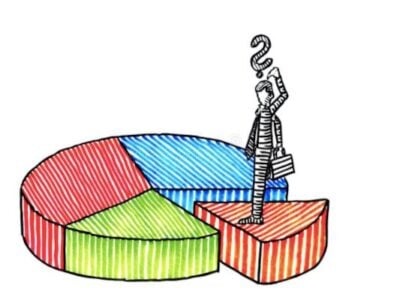
UV LED market on a 34% CAGR between 2015 and 2020, predicts TrendForce
UV LEDs are particularly used in industry for curing, printing, exposure and other major applications, maintaining a strong demand that is expected to grow further as most countries worldwide have endorsed energy saving policies and ratified the Minamata Convention on Mercury.
“The largest source of revenue for UV LED suppliers in 2016 was the sales of UV-A LEDs,” says Joanne Wu, research manager of LEDinside. “Because UV-A LEDs are mainly used for curing, some UV LED suppliers have entered the curing module market to further increase their profitability in this business.”
According to the analyst, LED companies from South Korea and Japan were the dominant UV LED package suppliers by revenue in 2016 and in ranking, the top five suppliers were Nichia, Nitride Semiconductors, Seoul Viosys, LG Innotek and USHIO/Epitex.
In 2017, South Korean LED companies are going to launch new series of UV-C LED products, contributing to expand South Korean suppliers’ revenues and possibly affecting the above ranking.
Taiwanese LED companies are also eager to move away from the highly competitive blue LED market and into the UV LED market that has higher growth potential, notes the LEDinside report.
Lextar, for instance, has released UV LEDs for curing and printing applications. The company is expected to accelerate product development and grow its client base this year. Likewise, LED chip maker High Power Lighting (HPL) and package supplier Epileds has formed a joint venture company Bioraytron that sells branded UV-C LED products. Bioraytron will also roll out new UV-C LED products in the second half of this year, and HPL anticipates that 30% of its annual revenue for 2017 will come from UV LEDs.
Looking at demand by applications, the largest segment of demand for UV-A LEDs comes from curing. UV printing systems need LED modules that can produce a high level of irradiance, while UV exposure machines require LED modules that can achieve a high level collimated light. In addition, UV LEDs are also being deployed in some special curing applications that have recently emerged in the market.
Recent technological advances in the manufacture of UV-LEDs have allowed them to be deployed in more applications including consumer appliances such as air conditioners, air purifiers and still water purifiers which may first to reach the consumer market.
TrendForce – www.trendforce.com
 If you enjoyed this article, you will like the following ones: don't miss them by subscribing to :
eeNews on Google News
If you enjoyed this article, you will like the following ones: don't miss them by subscribing to :
eeNews on Google News



